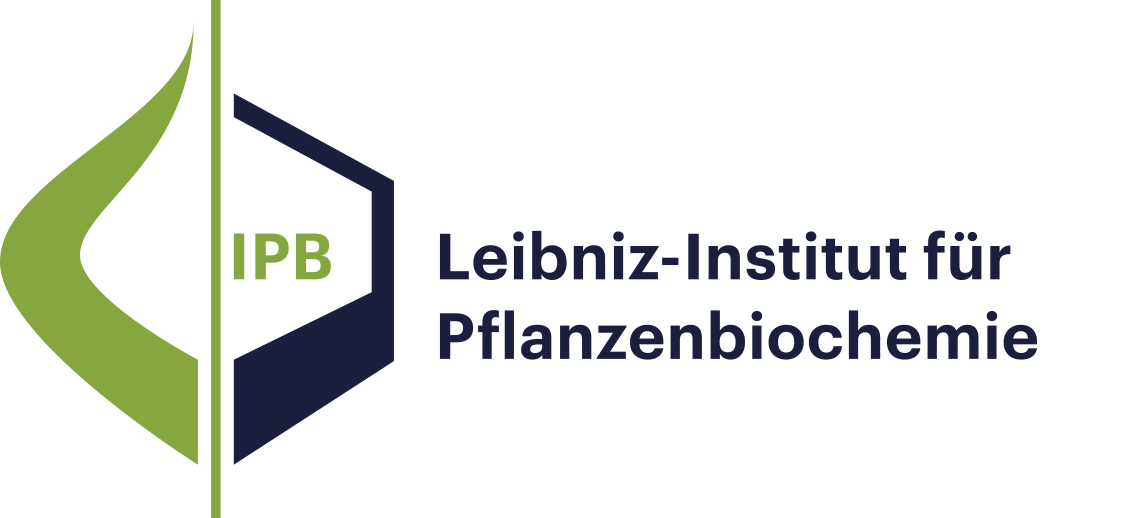Publikationen - Molekulare Signalverarbeitung
- Ergebnisse als:
- Druckansicht
- Endnote (RIS)
- BibTeX
- Tabelle: CSV | HTML
Publikation
Diese Seite wurde zuletzt am 15 Aug 2012 geändert.
Leitbild und Forschungsprofil
Molekulare Signalverarbeitung
Natur- und Wirkstoffchemie
Biochemie pflanzlicher Interaktionen
Stoffwechsel- und Zellbiologie
Unabhängige Nachwuchsgruppen
Program Center MetaCom
Publikationen
Gute Wissenschaftliche Praxis
Forschungsförderung
Netzwerke und Verbundprojekte
Symposien und Kolloquien
Alumni-Forschungsgruppen
Publikationen
Publikationen - Molekulare Signalverarbeitung
Publikation
BackgroundThe formation of flowers is one of the main model systems to elucidate the molecular mechanisms that control developmental processes in plants. Although several studies have explored gene expression during flower development in the model plant Arabidopsis thaliana on a genome-wide scale, a continuous series of expression data from the earliest floral stages until maturation has been lacking. Here, we used a floral induction system to close this information gap and to generate a reference dataset for stage-specific gene expression during flower formation.ResultsUsing a floral induction system, we collected floral buds at 14 different stages from the time of initiation until maturation. Using whole-genome microarray analysis, we identified 7,405 genes that exhibit rapid expression changes during flower development. These genes comprise many known floral regulators and we found that the expression profiles for these regulators match their known expression patterns, thus validating the dataset. We analyzed groups of co-expressed genes for over-represented cellular and developmental functions through Gene Ontology analysis and found that they could be assigned specific patterns of activities, which are in agreement with the progression of flower development. Furthermore, by mapping binding sites of floral organ identity factors onto our dataset, we were able to identify gene groups that are likely predominantly under control of these transcriptional regulators. We further found that the distribution of paralogs among groups of co-expressed genes varies considerably, with genes expressed predominantly at early and intermediate stages of flower development showing the highest proportion of such genes.ConclusionsOur results highlight and describe the dynamic expression changes undergone by a large number of genes during flower development. They further provide a comprehensive reference dataset for temporal gene expression during flower formation and we demonstrate that it can be used to integrate data from other genomics approaches such as genome-wide localization studies of transcription factor binding sites.
Diese Seite wurde zuletzt am 15 Aug 2012 geändert.

